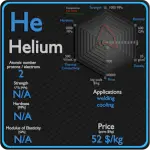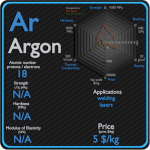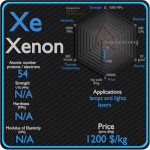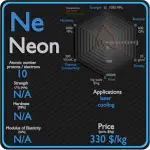This article contains comparison of key thermal and atomic properties of neon and argon, two comparable chemical elements from the periodic table. It also contains basic descriptions and applications of both elements. Neon vs Argon.
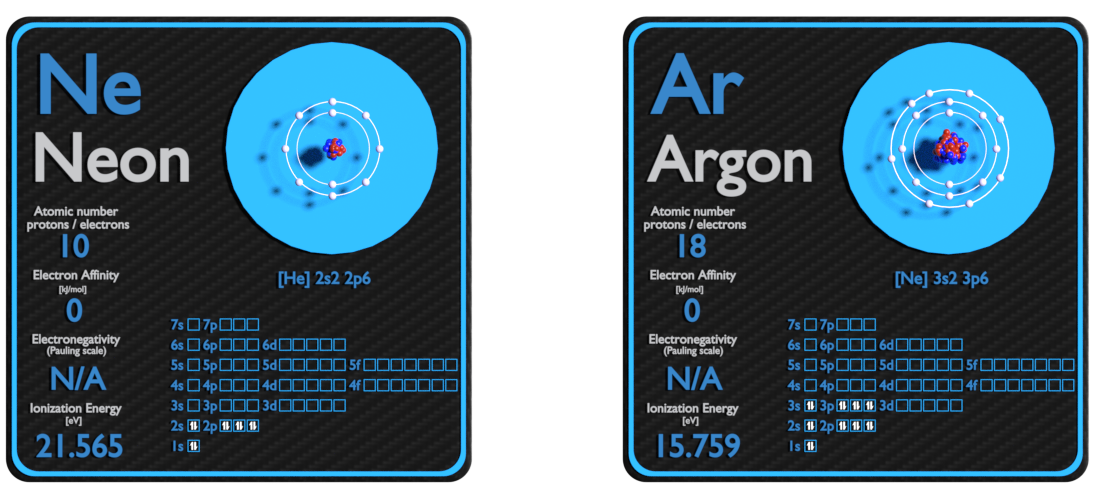
Neon and Argon – About Elements
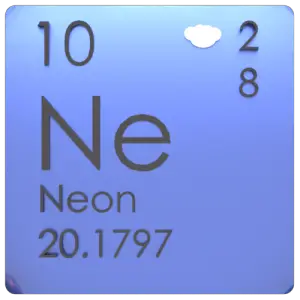

Source: www.luciteria.com
Neon and Argon – Applications
Neon
Neon is often used in signs and produces an unmistakable bright reddish-orange light. Although tube lights with other colors are often called “neon”, they use different noble gases or varied colors of fluorescent lighting. Neon is also used to make high-voltage indicators and switching gear, lightning arresters, diving equipment and lasers. Liquid neon is an important cryogenic refrigerant. It has over 40 times more refrigerating capacity per unit volume than liquid helium, and more than 3 times that of liquid hydrogen.
Argon
The major applications of argon include the following: electric lamps as filler gas, welding purpose, discharge tubes, argon lasers and argon-dye lasers. Argon is mostly used as an inert shielding gas in welding and other high-temperature industrial processes where ordinarily unreactive substances become reactive; for example, an argon atmosphere is used in graphite electric furnaces to prevent the graphite from burning. Argon is also used in incandescent, fluorescent lighting, and other gas-discharge tubes.
Neon and Argon – Comparison in Table
| Element | Neon | Argon |
| Density | 0.0009 g/cm3 | 0.00178 g/cm3 |
| Ultimate Tensile Strength | N/A | N/A |
| Yield Strength | N/A | N/A |
| Young’s Modulus of Elasticity | N/A | N/A |
| Mohs Scale | N/A | N/A |
| Brinell Hardness | N/A | N/A |
| Vickers Hardness | N/A | N/A |
| Melting Point | -248 °C | -189.2 °C |
| Boiling Point | -248.7 °C | -185.7 °C |
| Thermal Conductivity | 0.0493 W/mK | 0.01772 W/mK |
| Thermal Expansion Coefficient | N/A | N/A |
| Specific Heat | 0.904 J/g K | 0.52 J/g K |
| Heat of Fusion | 0.3317 kJ/mol | 1.188 kJ/mol |
| Heat of Vaporization | 1.7326 kJ/mol | 6.447 kJ/mol |
